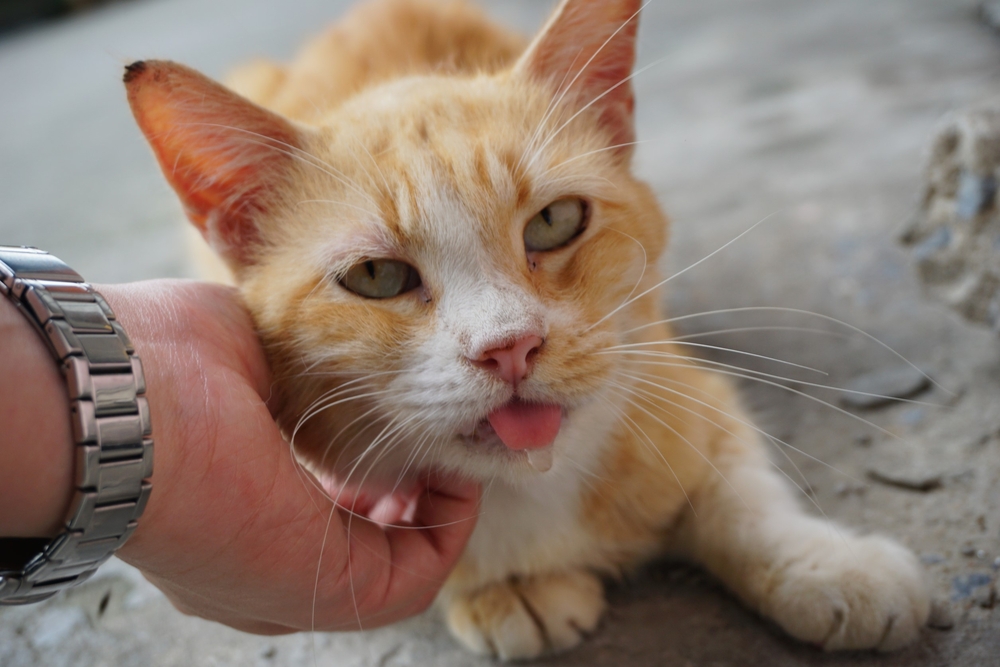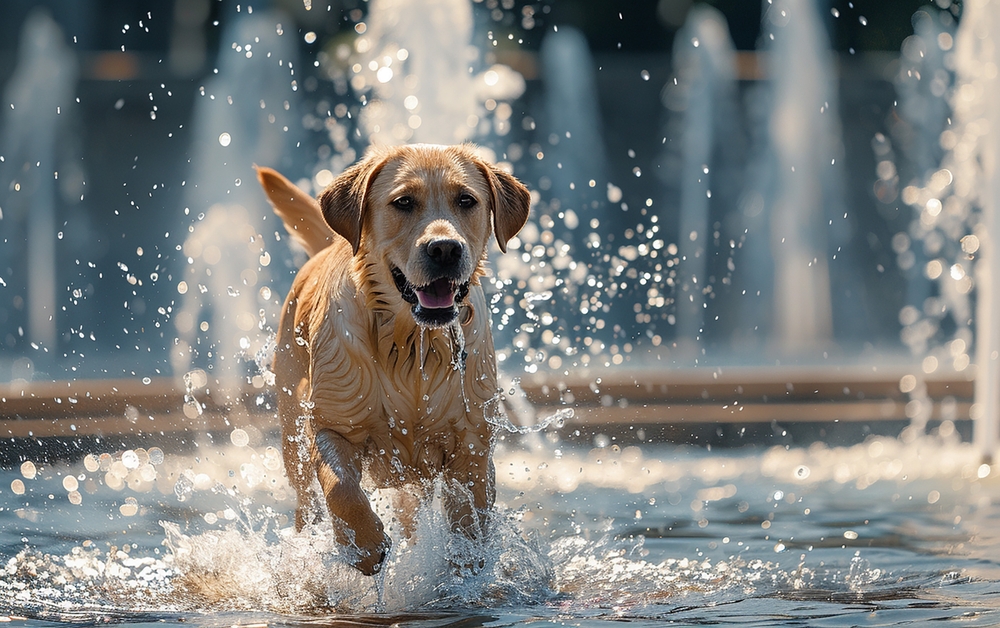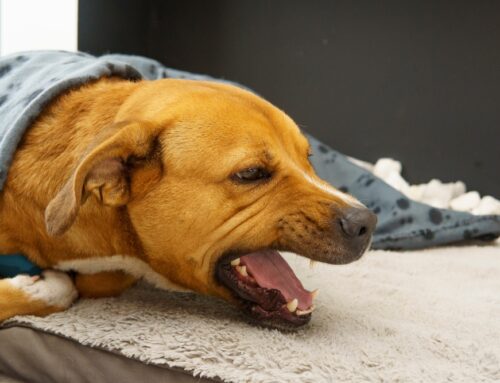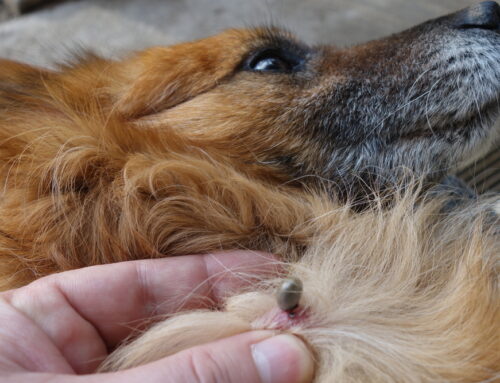Schools are out and the pools are open, signaling the start of fun in the sun. However, before venturing out, ensure your pet is protected from Texas’ sweltering heat. Oliver Animal Hospital’s south Austin veterinarian offers tips to keep your four-legged friend cool and safe this summer.
Know your pet’s heat-related risks
Pets are inefficient at self-cooling. Humans have multiple sweat glands all over the body that can effectively cool us down when heat and humidity rise. In contrast, dogs rely on panting and cats rely on moisture evaporating from their fur after grooming to cool themselves. These techniques aren’t enough when temperatures skyrocket to the triple digits, which is common during a south Austin summer. While all pets are susceptible to heat-related dangers, certain pets are at increased risk, including:
- Puppies and kittens — Puppies and kittens have a lot of energy and a high metabolism, which inhibits their ability to effectively regulate their body temperature.
- Senior pets — As pets age, metabolic issues and other conditions can interfere with their ability to regulate their body temperature.
- Overweight pets — Overweight pets have a fat layer that acts as insulation, making cooling themselves difficult.
- Brachycephalic pets — Brachycephalic pets, such as pugs, bulldogs, boxers, and shih tzus, have a facial structure that inhibits their ability to move air when they pant, which limits their cooling abilities.
- Sick pets — Pets affected by health conditions, such as heart disease, are at increased risk for heat-related issues.
Keep your pet adequately hydrated
Adequate water intake is crucial to keep your pet happy and healthy. Provide multiple water sources throughout your home, and clean and refresh the bowls daily. You can also add ice cubes to keep your pet’s water cool and refreshing. When enjoying outdoor activities with your four-legged friend, pack bottled water and a portable water bowl, so you can offer them a drink when they start to pant.
Never leave your pet in the car
Imagine this scenario. You are out and about with your pet when you remember you really need to pick up a few things at the grocery store, but pets aren’t allowed inside. You tell yourself you will only be a few minutes, you will park in the shade, and you will leave your window cracked to ensure your pet doesn’t get too hot. Your pet will be fine, right?
Wrong. Leaving your pet in the car is never safe. Temperatures inside parked vehicles quickly reach dangerously high temperatures, and numerous pets die every year because their owner left them in an unattended vehicle “for a few minutes.” Parking in the shade and cracking the window don’t help keep temperatures low enough to protect your pet.
Avoid exercising your pet during midday
Despite the summer heat, your pet still needs daily exercise, but take them out only during the early morning and evening hours to avoid the hottest time of the day. In addition, skip extremely strenuous activities when the weather is exceptionally hot and humid. If your pet is high-risk for heat-related problems, take them out for short periods to use the bathroom, and meet their exercise needs with indoor activities.
Protect your pet’s paws
Have you seen those news stories where the reporter cooks an egg on the sidewalk? Pavement can reach temperatures up to 60 degrees hotter than the air temperature, which means it can burn your pet’s sensitive paws. Check the pavement with your hand before walking your pet. If it’s hot to the touch, it’s too hot for your pet, and you should walk them on the grass or in shady areas to prevent paw pad burns.
Recognize pet heat stress signs

Heat stress occurs when your pet’s temperature rises above normal, and a temperature of 105 degrees or higher indicates heatstroke, a veterinary emergency and a potentially life-threatening condition. Watch your pet for heat stress signs such as lethargy, excessive panting, and thick ropey drool. If you notice these signs, move them to a cool, well-ventilated area, offer them water, and take their temperature. If their temperature is above 103, pour cool water over them and place them in front of a fan. If your pet’s temperature reaches 105 or doesn’t come down to normal (i.e., 100.5 to 102 degrees), they need veterinary attention as soon as possible.
If your pet experiences a heat-related problem, contact Oliver Animal Hospital’s veterinarian in south Austin, so we can cool them down and ensure they receive the care they need.







Leave A Comment